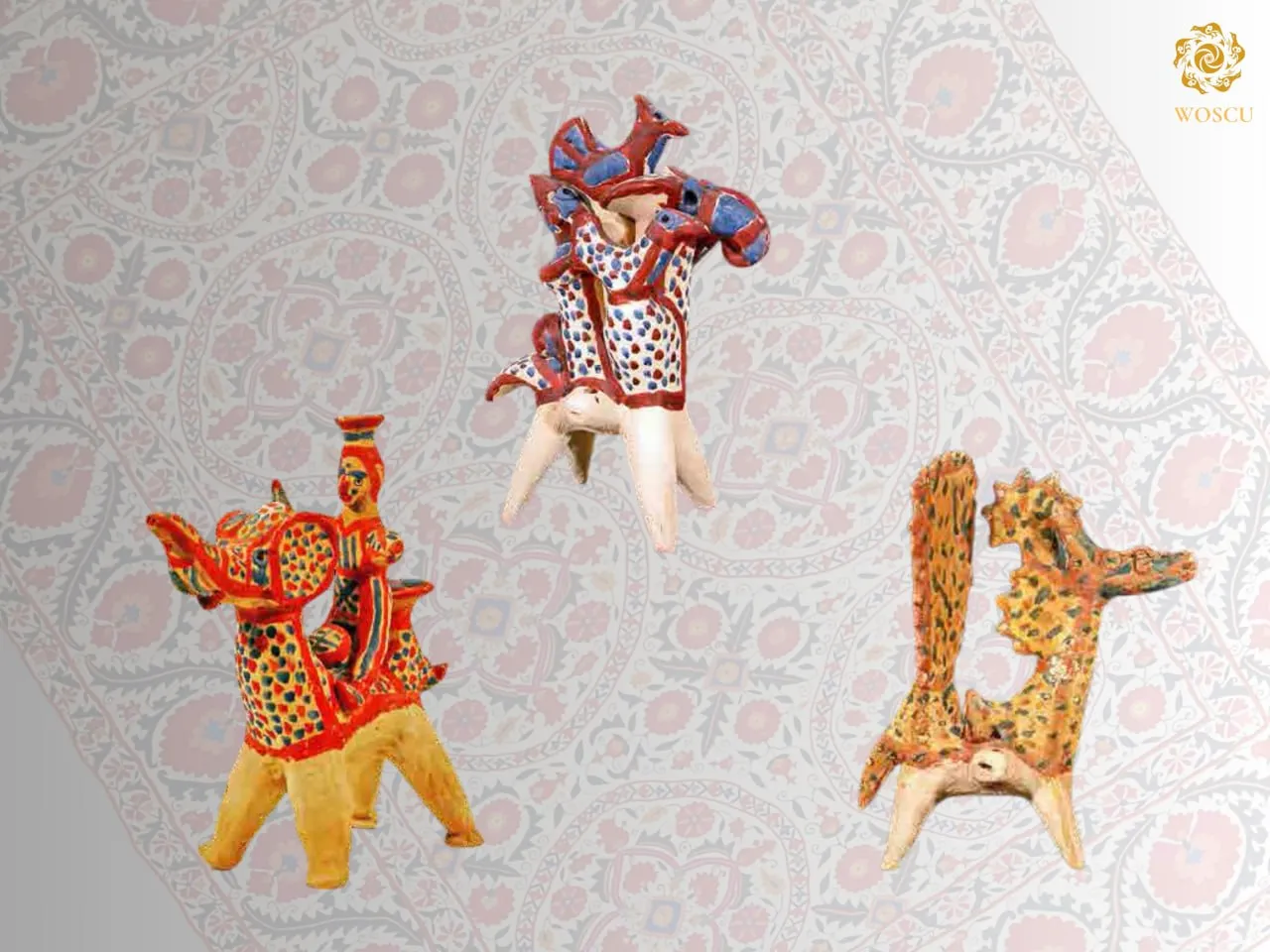
Since 2010 they have been part of the association of Dresden State Art Collections (SKD). With a total of 300,000 ethnographic objects, the SES is the second largest collection of its kind in Germany. Founded at the end of the 19th century, the three museums have had very different histories.
Originally every Uzbek household used metal vessels. Their importance sharply declined with the influx of industrial products made of enamel, aluminum and plastic. The art of producing metal vessels was carried on particularly in Bukhara, Samarkand and Khiva, where the Uzbek copperand brass-smithing centers were located in the 19th century.
The State Collections of Ethnography include typical water containers (oftoba) for ritual ablutions before prayers or for washing hands before meals, and handwashing basins (dastshuy) with perforated bases to collect the water after washing. Objects in the Museum of Ethnology, Herrnhut come mostly from missionaries of the Moravian Church. Since it had no mission stations in Central Asia, the few pieces stored in the museum were probably tourist souvenirs that randomly came into its possession.
The manufacture of jewelry was also widespread in these centers. As they served the common taste of their customers, artisans produced jewelry for all social and ethnic groups in Central Asia.
The collections even include tobacco holders made of dried gourds (noskadu) and mundane items of everyday life such as a metro token, bank notes and coins. Part of the Thielemann collection is a baby’s cradle made in 1975 by the Bukharan artisan Mansurov in the traditional style with a bow and an axe. Since Europeans are unfamiliar with eastern cradles with their special provisions for hygiene, the tubules inserted for urinating are regularly assumed by tourists to be pipes and purchased as such in the bazaars. Some gifts entered the museum’s collections towards the end of the 19th century under this guise as well.
You can learn more about the topic in the book-album "Collections of the Federal Republic of Germany" (volume XI) in the series "Cultural Legacy of Uzbekistan in the World Collections".
The main sponsor of the project is the oilfield services company Eriell-Group.
